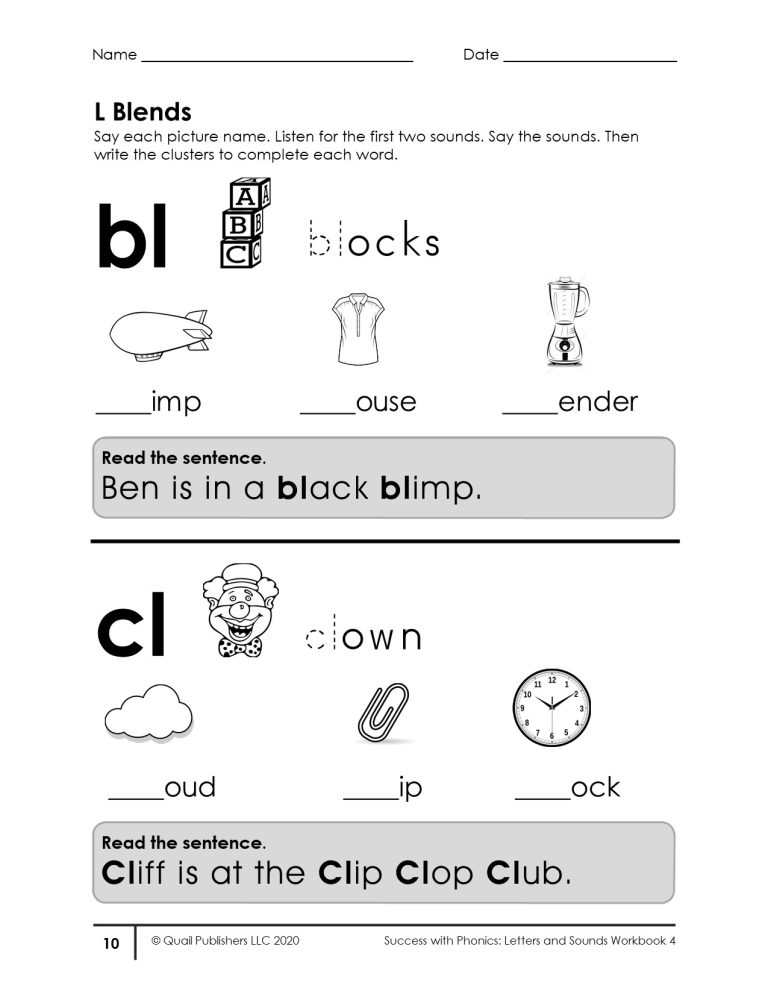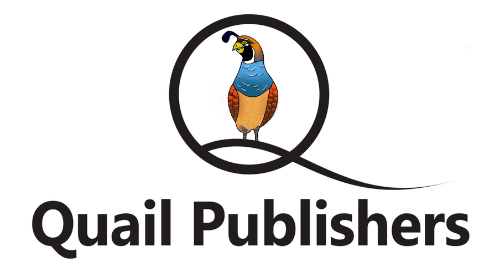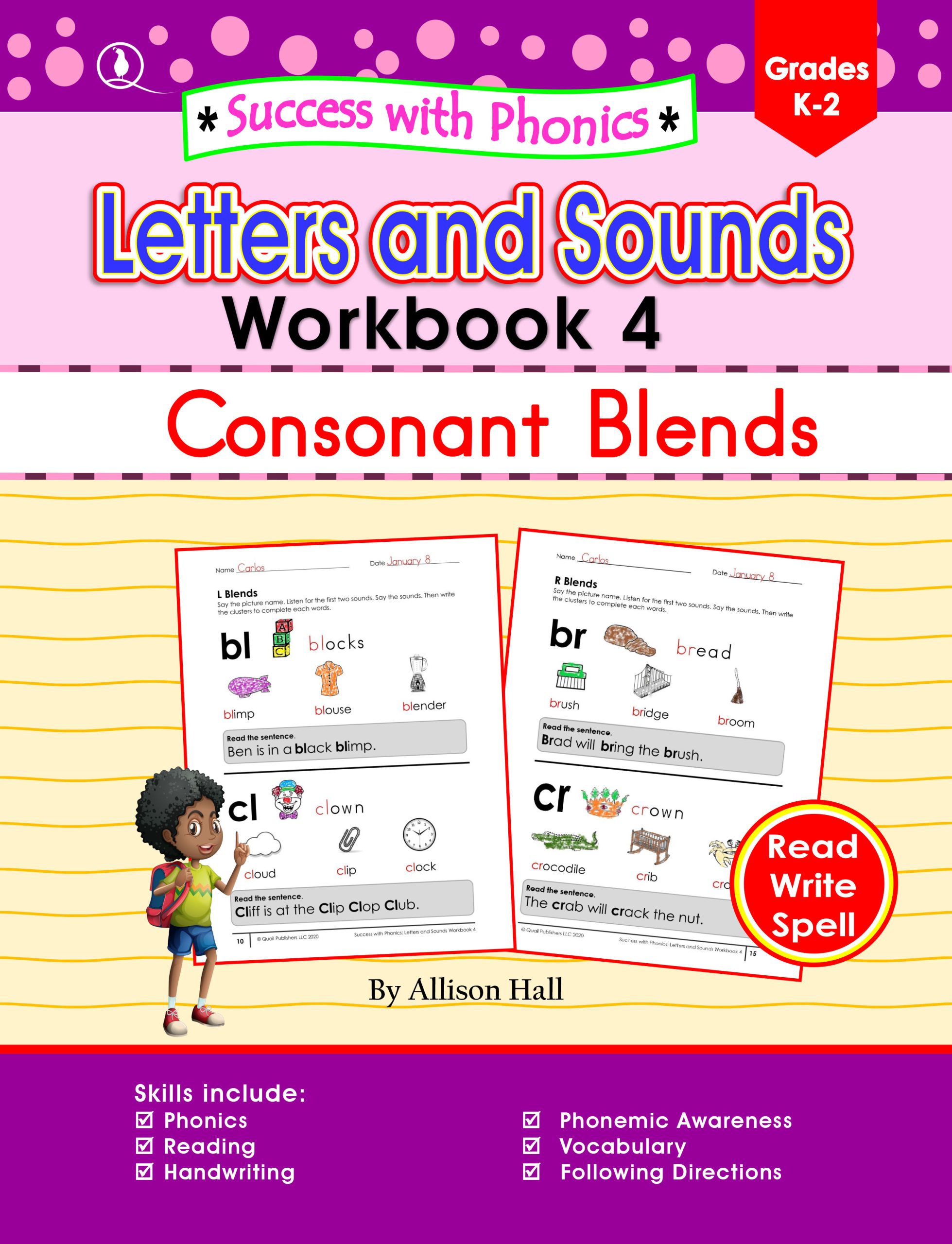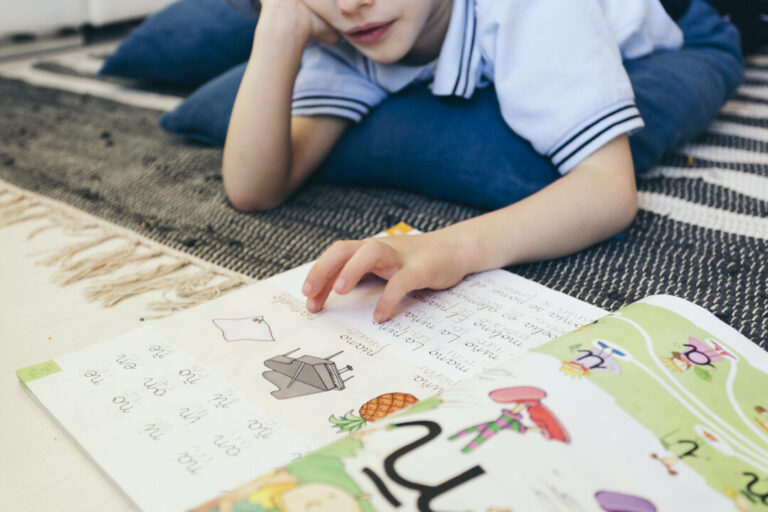There has been much debate in recent years on whether consonant blends should be taught. Some educators do not teach it, as they believe that once children can read consonant-vowel-consonant (CVC) words, they will be able to blend these phonemes or letter sounds easily. Similarly, many reading programs do not have a component for consonant blends. However, to many children, especially early readers and English language learners, the words, sap and slap can present a challenge when said. Interestingly there are many adults who do not pronounce words with consonant blends correctly. There is therefore a need to teach the sound blending of these adjacent consonants, to ensure that they are pronounced correctly.
There are 26 letters in the English language. Twenty-one of these words are consonants and five are vowels. A consonant is a human speech sound that is produced with complete or partial closure of the vocal tract.

A consonant blend, on the other hand is a group of two, or three adjacent consonants, which, when said, makes a distinct sound. Each consonant however retains its sound when blended. Consonant cluster is the adjacent letters that represent the sound. Once children have acquired good alphabetic recognition and phonemic awareness skills and know the sounds of the most common consonant digraphs, they are ready to learn consonant blends.
A consonant blend is represented by the clusters or letters:
- Consonant-Consonant-Vowel-Consonant (CCVC), for example s-t–e–p
- Consonant-Vowel-Consonant-Consonant CVCC, for example g–i–f-t

3. Consonant-Consonant-Vowel-Consonant-Consonant (CCVCC), for example, s-t–a–m-p
4. Consonant-Consonant-Consonant-Vowel-Consonant (CCCVC) for example, s-p-l–i–t
Mastery of consonant blends helps students to:
- Decode words quickly and easily
- Pronounce words correctly
- Read with fluency
- Gain a better understanding of the structure of words in English language
- Develop their reading confidence
10 Tips for Teaching Consonants Blends
Here are some great strategies to teach consonant blends
- Start with two-letter initial blends, such as ‘bl, cr, sm.
- Explain the term.
- Use mathematical principles to segment words. For example: s + t + o + p = stop. This shows the number of speech sounds in the word
- Have children count the letter sounds (phonemes) in consonant blends and digraphs to help them to fully understand the difference between both terms. For example: /s/t/o/p/ and /sh/o/p/ have the same number of letters, but different number of sounds. The word ‘stop’ has four phonemes, while ‘shop’ has three.
- Have children split CVC words and add consonants to build words with consonant blends. For example: pan plan or lit lift
- Have children add consonants to CVC words to build words with consonant blends. For example: dam damp
- Have children read books or passages with words with consonant blends
- Let children write sentences with words with consonant blends.
- Play educational games that teach consonant blends. This makes learning fun and fosters engagement.
- Use computer technology and other visual aids where applicable. For example, have children build an L-Family blend poster.
- Use worksheets that fully support the best strategies to teach consonant blends, such as those from Success with Phonics Consonant Blend.
- Assess students understanding of this phonics principle.
Using the Success with Phonics: Consonant Blends Books
The Success With Phonics: Letters and Sounds Consonant Blends workbooks help children to develop their reading skills, and improve their writing and vocabulary. The workbooks contain worksheets to help children learn consonant blends. There are two pages dedicated to each blend. These fully reproducible sheets contain engaging activities that promote the following:
- a) Phonemic Awareness: Identifying consonant blends in spoken words
- b) Handwriting: Writing the consonant cluster that represents the consonant blend
- c) Spelling:
- Using picture clues to complete words with consonant blends
- Changing consonant-vowel-consonant (CVC) words, to words with consonant blends
- Learning sight words with consonant blends
- Using word tiles to build words with consonant blends
- d) Reading: Reading simple sentences with consonant blends
Allison Hall is an educator with over twenty years’ experience. She holds a Diploma in Teaching, a Diploma in Educational Management, a Bachelor of Arts in Mass Communication and a Master of Arts in Library and Information Studies. Ms. Hall’s work has been featured in early childhood, primary and secondary school schools in Jamaica. In her current role with the Ministry of Education, Jamaica she oversees the development of educational materials in print format to support the public-school curriculum.



